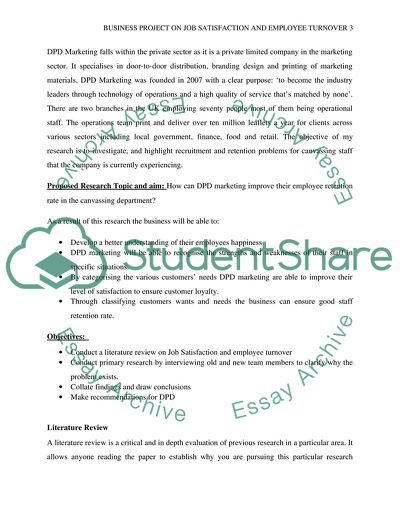Cite this document
(Recruitment and Retention Problems at DPD Marketing Case Study, n.d.)
Recruitment and Retention Problems at DPD Marketing Case Study. Retrieved from https://studentshare.org/marketing/1639938-business-project
Recruitment and Retention Problems at DPD Marketing Case Study. Retrieved from https://studentshare.org/marketing/1639938-business-project
(Recruitment and Retention Problems at DPD Marketing Case Study)
Recruitment and Retention Problems at DPD Marketing Case Study. https://studentshare.org/marketing/1639938-business-project.
Recruitment and Retention Problems at DPD Marketing Case Study. https://studentshare.org/marketing/1639938-business-project.
“Recruitment and Retention Problems at DPD Marketing Case Study”, n.d. https://studentshare.org/marketing/1639938-business-project.


